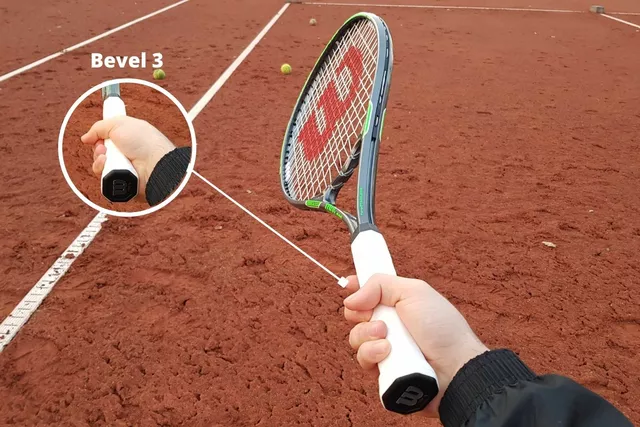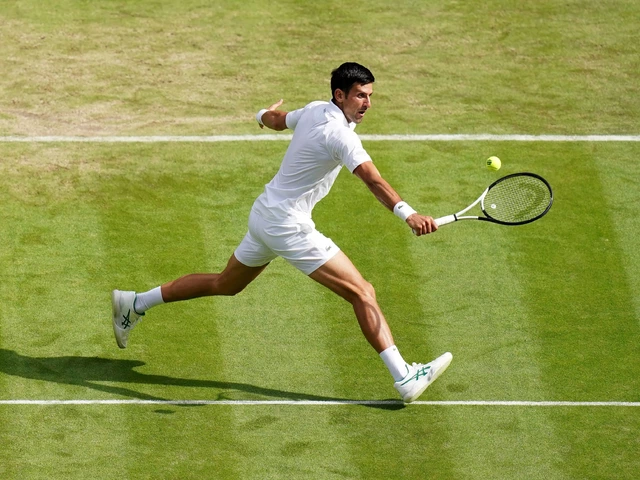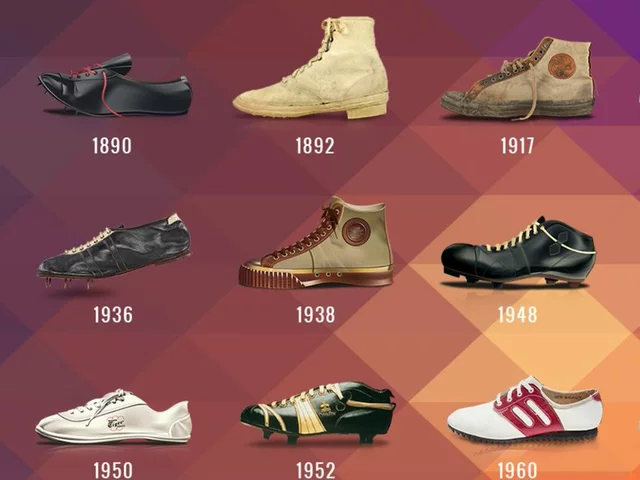Difference in Tennis Techniques – What Sets Players Apart
Ever wonder why two players can swing the same racket and still look worlds apart on court? The answer lies in the subtle differences in technique, equipment, and even the surface they play on. Understanding these gaps helps you tweak your own game and cut through the learning curve faster.
How Court Speed Changes Your Strategy
Hard courts like the Australian Open tend to be faster, so players rely on quick footwork and aggressive shots. When the surface slows down, as we saw this year with the Australian Open’s new coating, rallies get longer and you need more patience. The key difference is where you set up your position: on a fast court you stay a step behind the ball, whereas on a slower court you move a little deeper to give yourself more reaction time. Adjusting your stance by even a few centimeters can feel like a game‑changer.
Another practical tip is to vary your spin. On slower courts, heavy topspin pushes the ball up, buying you extra time to get into position. On faster courts, flatter strokes keep the ball low and force the opponent to rush. Try a simple drill: hit a forehand with heavy topspin for ten balls, then switch to a flat shot for ten more. Notice how the ball travels differently and how your footwork adapts.
Equipment Choices That Make a Difference
Most beginners assume any racket will do, but the racket’s weight, balance, and string tension create noticeable gaps in performance. A lightweight frame like the HEAD Ti.S6 offers easy maneuverability, perfect for learning the swing path. If you crave power, a slightly heavier racket with a head‑heavy balance can add extra thrust without extra effort. The string tension also matters: tighter strings give more control, looser strings add spin.
Don’t overlook shoes either. The term “tennis shoes” stuck because the first rubber‑soles were made for the sport, but today you have options designed for hard courts, clay, or grass. A shoe with good lateral support helps you bend lower when receiving serves, which is another subtle difference that improves balance and reaction speed.
One quick test: stand in your ready stance, bend your knees, and try to bounce forward without losing balance. If you wobble, try a shoe with better grip or adjust the stiffness of your knee bend. Small tweaks here translate into smoother returns and more confidence at the net.
In the end, the biggest difference isn’t a single factor—it’s how these pieces fit together. A slower court demands deeper footwork, a different spin balance, and shoes that give you stability. A faster court rewards tight stance, flat shots, and a lighter racket that lets you swing quick. By spotting where your current game deviates from the ideal setup, you can focus on one change at a time and see real improvement without getting overwhelmed.
Take a moment after each practice session to note one difference you felt – whether it was the bounce, the racket feel, or your stance. Write it down, try a tweak, and watch how that tiny adjustment builds into a noticeable edge. That’s the practical side of mastering the differences that separate good players from great ones.

What is the difference between table tennis and tennis game?
Table tennis and tennis are two distinct sports with different rules and equipment. Table tennis is a much faster-paced game played with two to four players and a small, hard paddles and a hollow, light plastic ball. Tennis is a slower-paced game played on a larger court with a racquet and a heavier rubber ball. Table tennis requires quick reflexes and precision, while tennis emphasizes power and tactical play. Furthermore, table tennis is played indoors while tennis is played outdoors. In conclusion, while they are both racquet sports, table tennis and tennis are quite different.
Detail



